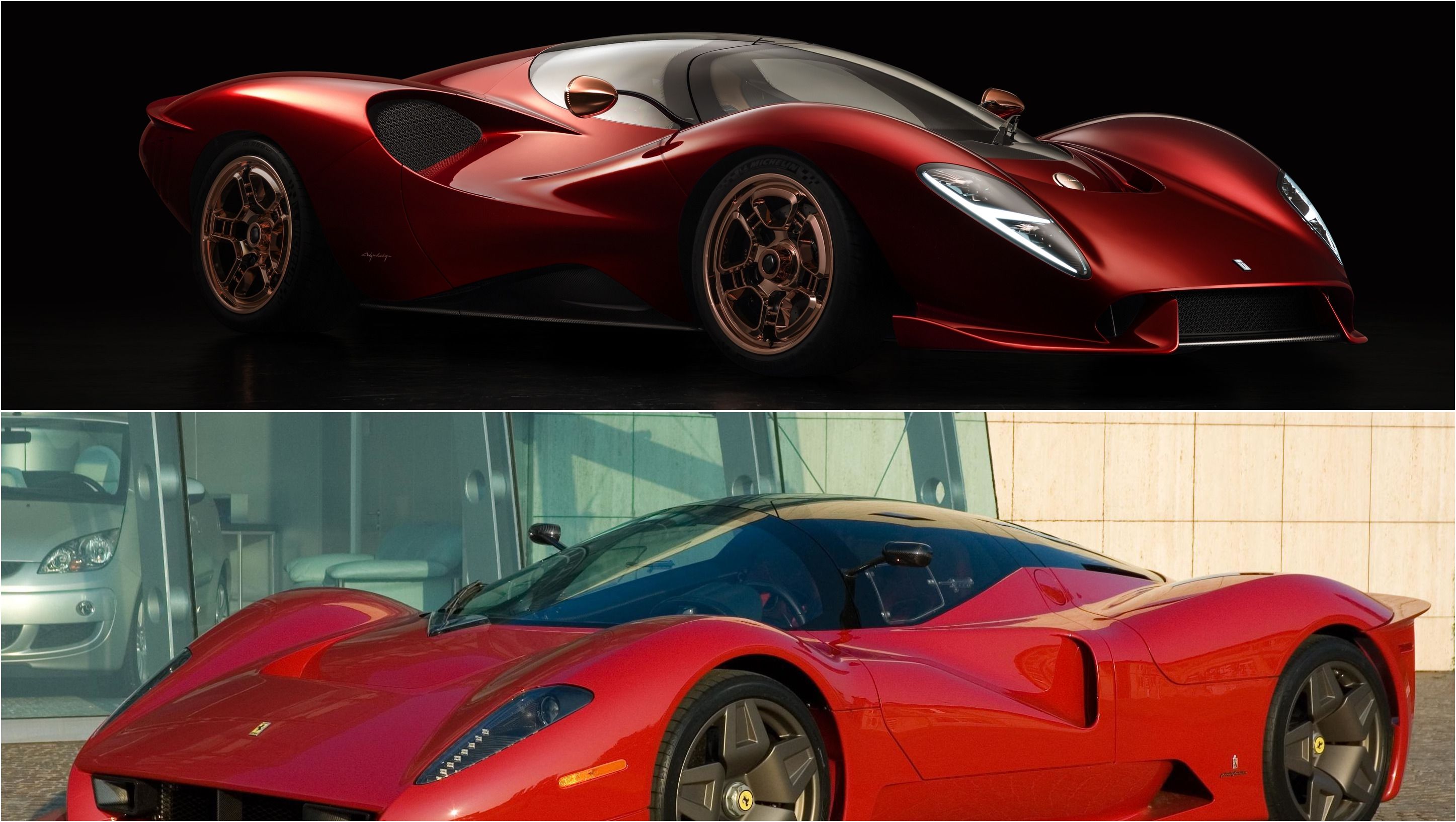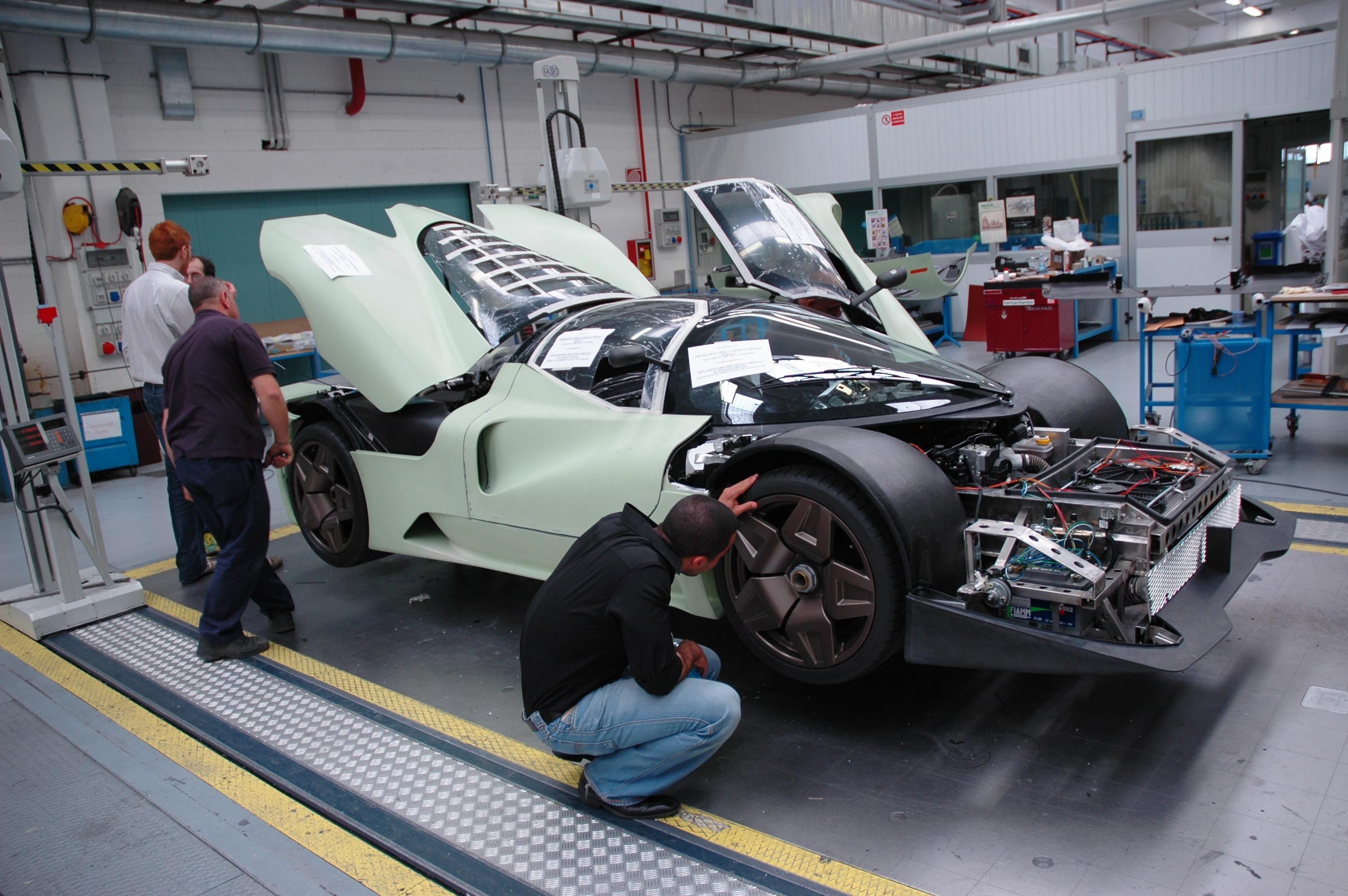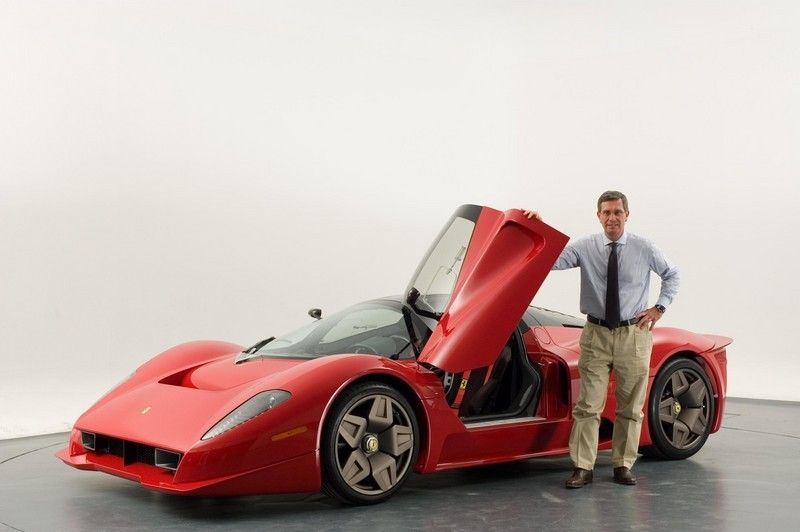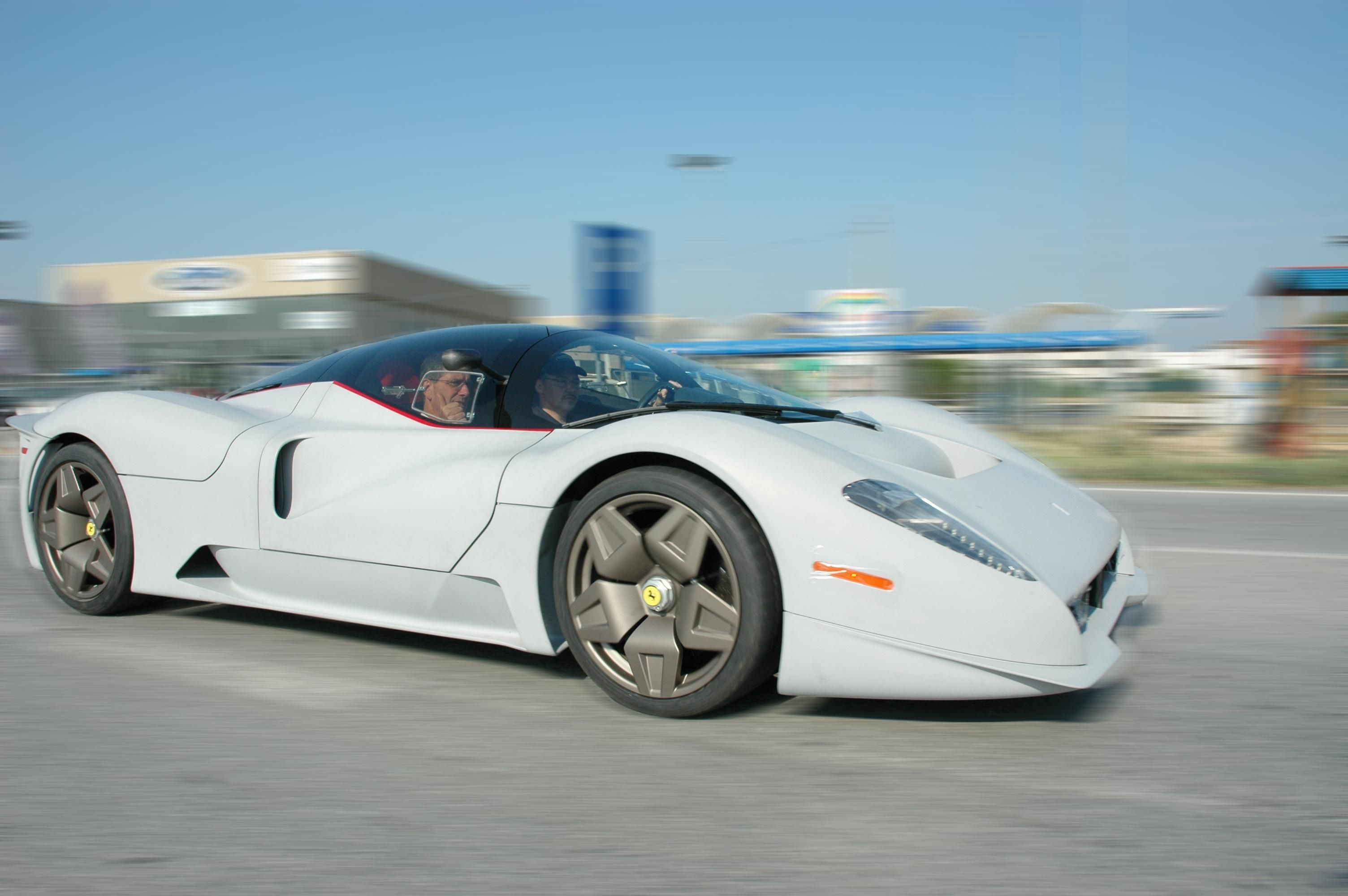Jaws dropped at the 2019 Goodwood Festival of Speed when the De Tomaso P72 was revealed to the public. Its intoxicating mix of retro design cues, modern interpretation, and opulent presentation made it an instant hit. The car previews a planned series of 72 examples set to grace the garages of wealthy collectors, but while most who have laid eyes on it have instantly fallen in love, there is one person who has less than flattering things to say about it.
James Glickenhaust is known for his role in the film industry, but also as an automotive entrepreneur and owner of American boutique car maker Scuderia Cameron Glickenhaus (SCG). In 2005, he commissioned the creation of a Ferrari Enzo-based car called the P4/5 that was initially supposed to bear the SCG badge, but upon seeing it, Ferrari chairman at the time, Luca di Montezemolo decided that the Pininfarina-designed one-off should bear the Prancing Horse badge instead.
Glickenhaus recently accused De Tomaso of blatantly ripping off the P4/5’s design, combining it with that of the iconic 1967 Ferrari 330 P3/4 (which in turn also previously inspired the Glickenhaus car), and rehashing it for the P72. We can definitely see where he’s coming from, but at the same time, there are plenty of differences in the design, and, overall, the two cars feel different and they feel like they have different philosophies behind them. In fact, they do, because the P4/5 was conceived as a single example never to be replicated, while the P72 is intended for limited series production, and it’s also considerably more opulent looking - by contrast, the P4/5 looks spartan and racecar-like.
Exterior
|
|
ids=850955,850956 |
no_overlay=false |
before_label=2020 De Tomaso P72 |
after_label=2008 Ferrari 612 P4/5> |
We can certainly see where Mr. Glickenhaus is coming from when he calls out the P72 for being inspired by the iconic ‘60s Ferrari racing car and the much newer P4/5 because there are plenty of similarities that are plain to see.
Even the place where air comes out and over the windscreen is pretty much the same (although, the shape of the vent/outlet is more rounded on the P72; on the P4/5 it is more squared off and closer to the shape of the one on the ’60s original).
|
|
ids=850957,850959 |
no_overlay=false |
before_label=2020 De Tomaso P72 |
after_label=2008 Ferrari 612 P4/5> |
The integrated rear wing that is actually part of the body is also pretty much the same on the P72 as it is on the old racing Ferrari. Out of all three cars, the P72’s wing is definitely the biggest and, this is a personal point here, I think it pulls it off better than the other two, from a purely aesthetic/visual standpoint.
|
|
ids=850963,850964 |
no_overlay=false |
before_label=2020 De Tomaso P72 |
after_label=2008 Ferrari 612 P4/5> |
Moving to the back of the cars, the De Tomaso doesn’t really look like the P4/5 or the original inspiration. It is much more rounded and sculptural looking than both and it’s also not as busy looking either. The rear end of the P72 is one of the prettiest of any car ever made, I think, beating both the original racer and the mid-2000s reinterpretation for sheer visual impact. Even the curved slats located under the integrated rear wing just look so clean and fitting; they also evoke similar slats on the 1960s original, but whereas there they probably served a (cooling) purpose, here they’re more for show, and what a show it is...
You also can’t not notice the P72’s striking copper wheels, which are just a treat to behold. However, they actually don’t evoke the style of the original wheels on the 330 P3/4 - the wheels of the P4/5 do look like a more modern (and larger) version of those on the classic race car.
Interior
|
|
ids=850965,850966 |
no_overlay=false |
before_label=2020 De Tomaso P72 |
after_label=2008 Ferrari 612 P4/5> |
It is worth noting that the Ferrari P4/5 has its interior lifted straight from the Ferrari Enzo - it looked barebones when it was new and it still looks purposeful and almost race car-like today.
|
|
ids=850967,850968 |
no_overlay=false |
before_label=2020 De Tomaso P72 |
after_label=2017 Pagani Huayra BC> |
James Glickenhaus is right in saying the De Tomaso’s interior is distinctly Pagani-esque - any part of the P72’s interior does appear to have been lifted straight from a Pagani and placed inside the new De Tomaso. But how is that a bad thing? I mean Pagani makes some of the most lavish and daring automotive interiors in the business, so saying that De Tomaso "stole an interior from Horacio" Pagani is a compliment; there's nothing pejorative about it.
It has the same striking copper finish as the wheels and the wing mirrors and it all looks very expensive and jewel-like, as it needs to in order to justify the expected price tag for a P72.
Drivetrain
The original 1960s 330 P3/4 was powered by a mid-mounted V-12 with around 450 horsepower and both modern reinterpretations also get their motivation from power plants of the same configuration.
Its performance is better than the Enzo on which it’s based because, in its transformation, engineers and designers managed to cut around 270 kilograms (595 pounds), effectively dropping its weight to around 1,100 kg (2,400 pounds). Its claimed sprint time to 60 mph is 3 seconds, not a big improvement over the Enzo, but its top speed is significantly higher - up from 355 km/h (221 mph) to 374 km/h (233 mph).
It also apparently has better aero characteristics compared to the Enzo donor car. It has less drag but at the same time produces more downforce and a unique feature of the P4/5 is the fact that at 260 km/h (160 mph) no wind noise makes its way into the cabin.
The P4/5 sends its power to the rear wheels through a semi-automatic six-speed gearbox operated via steering column-mounted paddles (they don’t move with the wheel, but remain in place when lock is applied).
Final Thoughts
The Ferrari P4/5 by Pininfarina built for James Glickenhaus and the new De Tomaso P72 couldn’t be more different. The former is a one-off commissioned by a wealthy collector with a penchant for historic racing Ferraris.
The De Tomaso P72 is an altogether different beast. It may draw upon the same historic racing car inspiration, but the way it is interpreted and presented is completely different. It is also designed to (limited) series production and it, therefore, needs to be easier to manufacture than the P4/5. It also has a much more opulent interior that leaves you in no doubt as to where you’d prefer to spend time - it was designed to ooze luxury and it really does.
So, while James Glickenhaus may criticize it for being inspired by the same historic racing Ferraris as his one-of-a-kind P4/5, the style of interpretation couldn’t be more different. Sure, the P72 and P4/5 might have some areas where they are similar, but at the same time, you can’t call the former a copycat effort based on the latter. They are both spectacular in their own ways and one doesn’t make negate the importance of the other or put the other in a bad light.
They are different cars with different purposes.
Basically, even if Mr. Glickenhaus is not thrilled that there is another car out that has the same basic idea as his one-off, that does not in any way discredit the creators of the De Tomaso P72. If anything, it provides a glimpse into the future for a company that is searching for a new identity under new (and very ambitious) ownership - if this is a sign of things to come from the newly reborn De Tomaso, then I’m all for seeing more.
Further more
The 2020 De Tomaso P72 Represents Brand Revival Done Right
Read our full review on the 2008 Ferrari 612 P4/5.







